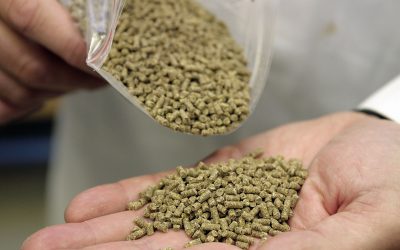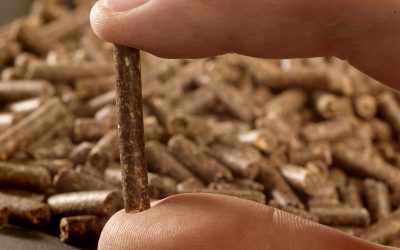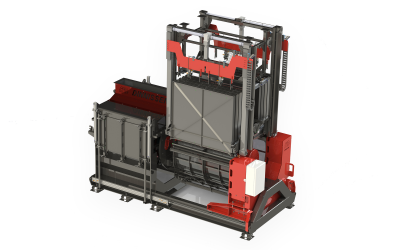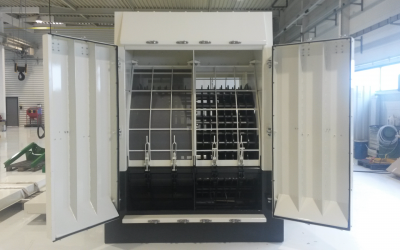Construction of new feed mill at K-State on steam
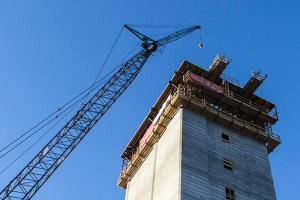
One of K-State University’s long-held goals is finally becoming a reality. Construction on the new O.H. Kruse Feed Technology Innovation Centre began in May and is progressing on schedule.
Once completed, the centre will serve as the new home for the feed science and management programme.
Keith Behnke, emeritus professor of grain sciences and industry, is working on a blog about the construction’s progress.
Along with the blog, there is a construction cam for those who want to watch the process as it happens or just check in periodically.
Behnke is excited about the opportunities that the new feed mill will open up to students and others in the K-State community.
“This will allow us to increase student employment at the feed mill,” Behnke said. “Hopefully we can allow a few older students the opportunity to experience management training and the shift foreman position while still going to school.”
The feed science program, nearly 60 years old, has graduated more than 700 students since the industry established the program at K-State, and several thousand domestic and international feed industry professionals have participated in educational short courses through the programme.
The mill project arose when the Kruse family made a gift of $2 million to the university in honour of O.H. Kruse, who founded a grain and milling company in 1935.
Kansas then committed to providing approximately half of the funding required to build the $16 million facility, which includes a BioSafety level two teaching and research mill, referred to as the Cargill Feed Safety Research Centre.
Feed safety research
In this part of the facility, researchers will be able to work safely with virulent pathogens like salmonella in feeds.
Due to the pathogens, everything in this part of the facility has to be able to withstand 140°F (60°C) temperatures.
Every time a pathogen is used in the facility, it has to be heated for 24 hours to kill any still living pathogens, which makes this part of the building harder to construct. Every aspect has to be carefully selected in order to ensure that all parts can endure the extreme heat, including electrical machines, lights, computers and other equipment.




